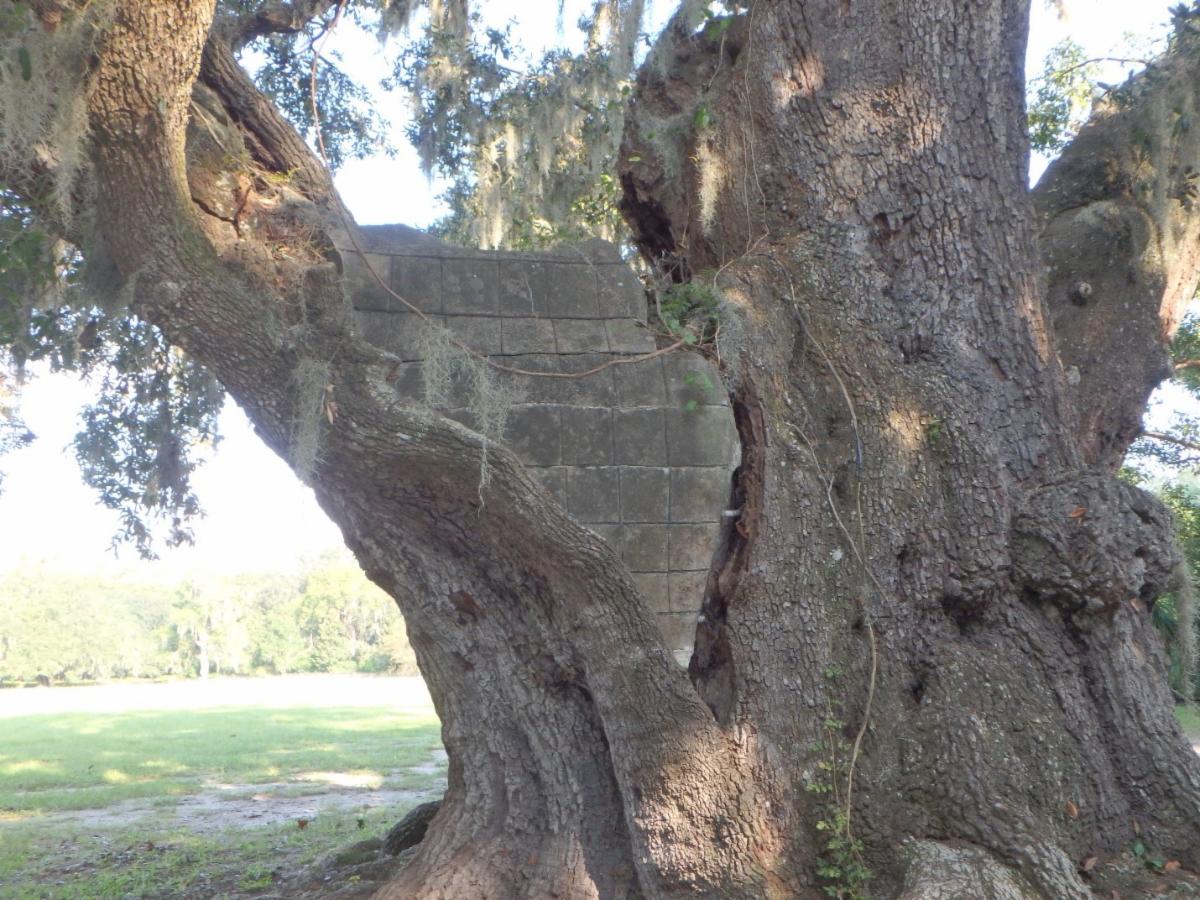|
1 lb ground beef
1 lb bacon
1 onion chopped
½ cup ketchup
½ cup barbeque sauce
4 tablespoons course ground mustard
4 tablespoons molasses
1 tsp chili powder
1 tsp pepper
2 16 oz can kidney beans, drained
2 16 oz can pork and beans
2 16 oz can butter beans, drained
Preheat oven to 350. Brown ground beef and set aside. Cook bacon and chop. Sauté onion in 1 tablespoon bacon grease.
Combine all ingredients in Dutch oven. Bake covered for 1 hour.
|
|
|
The Time Scale for Plants
|
|
|
|
|
We know very little about plants and quite often, the little we think we know is wrong. We are, above all, absolutely certain that plants are immobile. Plants seem completely still; just look at them. Plants cannot flee and they only have the motion of the wind, seemingly random, without purpose. Actually we are wrong about this. Plants are constantly moving, they move at a pace we cannot see.
Plants seem motionless because they experience time differently than we do. Time lapse photography is perhaps the best tool we have to bridge the chasm between the time scale at which plants live and our own. Take for example a vine growing in the jungle, whose speed is like that of a large clock. Multiply this speed by 100 and a minute would correspond to 2 hours. The vine astonishingly comes to life, seemingly conscious with intention. Animals are now too quick to be seen clearly, but plant movements become obvious. Young branches press towards the sky; young leaves open and flap like wings on a bird. The vines circle around.
Multiply the progress of time again by 100. A minute of observation now corresponds to about 7 days. The transformation is spectacular. Animals have practically disappeared, only visiting in the briefest flashes. We easily observe the vigor with which the vine launches itself toward the light over and over like a fly rod, extending itself a few more inches with every cast.
Multiply by still another 100, and now a minute of observation covers almost 2 years. Animals have completely disappeared. The vines fight with each other in a sort of fierce swarming, then head toward the open canopy like arrows.
I hope you are convinced that plants are not immobile, but rather that their movements are not seen in the scale of human time. In their own time, plants never stop moving, and we disappear, erased by our own mobility.
For more information on Plant Neurobiology - A Commentary by Michael Pollen |
|
In older trees on streets and in parks, you'll occasionally find the odd patch of concrete, partly filling in a decay cavity. This practice really took off in the 1960-70s when concrete was the tree-filling material of choice, in hopes that this would strengthen the trunk. Was the concrete of any use in stopping wood decay or supporting these trees? The answer is: no. We now know that this practice actually causes more injury to the tree.
In these situations, you can see that the concrete 'blob' is just loosely hanging in the tree's structure. A tree's structure is dynamic - the edges of it expand through secondary thickening, and decaying wood within it shrinks and degrades. Additional injury occurs when the tree continues to move normally in the wind against the stiff concrete column inside. This abrasion allows decay to move into the living wood by injuring the barrier zone formed by the tree to retard further advance of decay.
It is good to see this technique was soon abandoned as poor arboricultural practice. Apart from it being useless for stopping decay or providing support, it was blocking up habitation holes - and unsightly (even if it was made to look like bricks). It is still interesting to find this treatment in an old tree, almost like arboricultural archaeology - a time-capsule of previous arb practice. I think some arb practices of today will be laughable to future arborists, as the practice moves forward. Filling cavities with foam insulation, thinning the crown to 'let more wind' through, drilling bolts and screws to hold limbs together and applying paint to a pruning cut are just a few that come to mind.

Cavities do not have to be filled. Do not attempt to clean out the inside of the cavity or hollow. Do not drill holes in the bottom of the cavity to remove water.
It seems the only purpose concrete serves is to wreck your chainsaw cutting the tree down.
|

Thanks for reading. Happy Planting!
Faith
Faith Appelquist
President & Founder
|
|
|